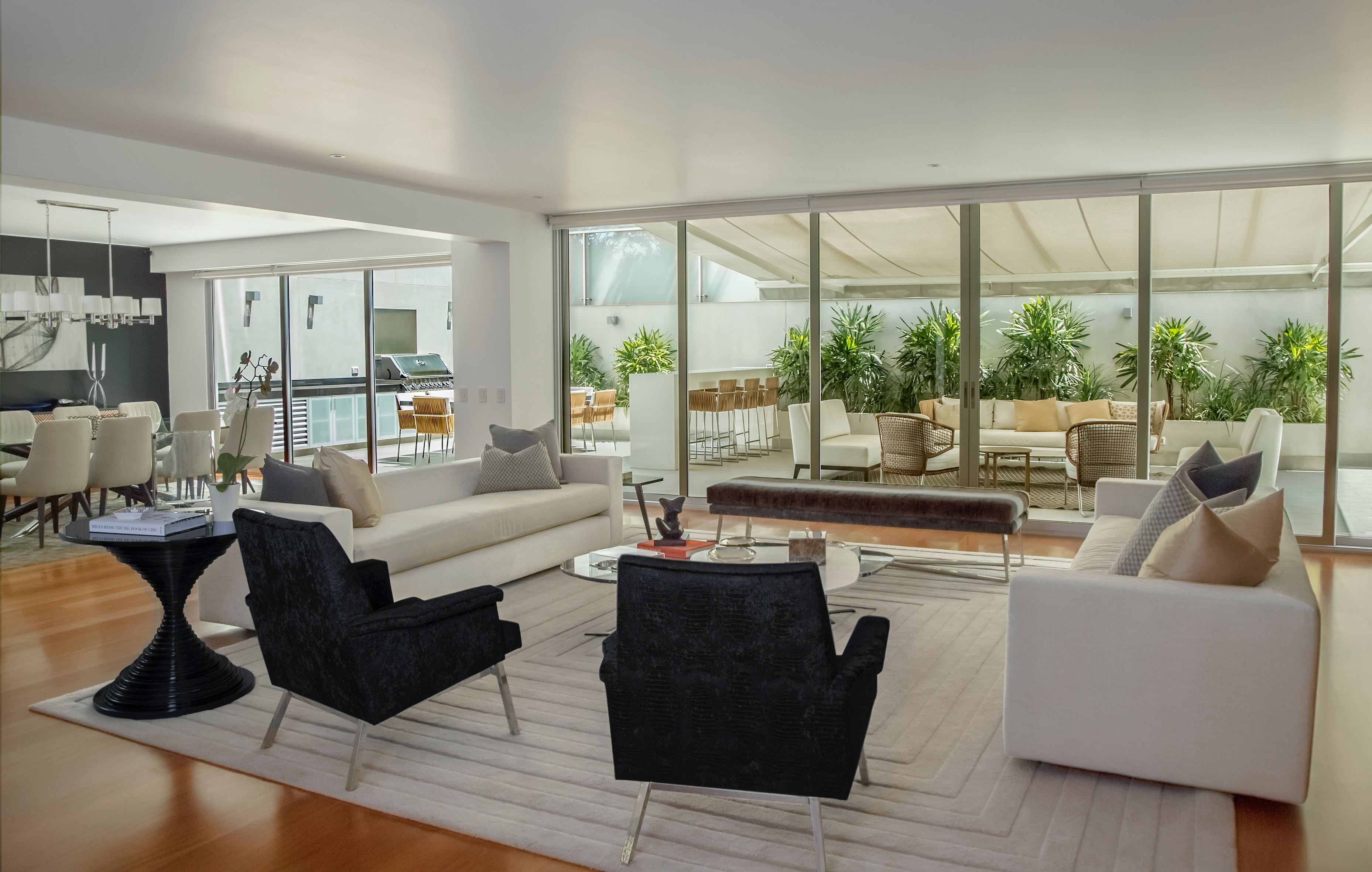
Q: I’ve spent a lot of time at home since the pandemic started. Lately, my smallish house feels cluttered and claustrophobic, and it’s affecting my mood and energy level. What can I do to feel better?
A: Your home can profoundly affect your health and well-being, and we’re spending more time in our homes than ever before.
Over the past few decades, science has revealed a strong link between our surroundings and our overall health. It’s become clear that we need to give our home environment a serious health check to ensure our own long-term wellness. Here are a few tips to transform your home into a more positive space.
Let nature in
Despite how we live today, we’re still children of nature. The health benefits of acting on this knowledge are well-studied and undeniable. When we’re close to nature, everything works better. It calms us and reduces stress. In natural settings, we concentrate better and heal faster. When we remove nature from our surroundings, things fall apart.
Bring in nature by minimizing the barriers that separate exterior from interior. If you can increase the size of your windows, or add more, do so. Replace heavy drapery with solar shades that open up the view and admit more natural light. Invite nature in by adding landscaping just outside your windows and bringing plants, herbs and living walls into your home.
Invest in your outdoor space if you’re able. Make your patio or deck more inviting with comfortable furniture, outdoor heaters, rugs and soft fabrics. Replace a solid door with glass, or add a sliding door to improve access to garden paths and outdoor spaces.
Shed stuff
We often have too much stuff. The psychological burden of clutter and chaos is greater than you might think. It might seem counterintuitive, but having too much stuff can result in depression, a sense of isolation and an inability to focus.
Reducing and decluttering are not easy but can be achieved if you tackle rooms and tasks systematically. The hard part is the mental shift required to commit to keeping only things that give us joy or that we truly need.
In terms of decluttering, drawers and containers are the most efficient form of storage. The secret of effective storage is keeping containers visible and “filing” them vertically, as you would with paperwork, to ensure that you can easily see and access what you need. Not knowing where things are is its own source of unhealthy frustration and stress.
Of course, decluttering is of no use if you continue accumulating more stuff. Stores encourage you to buy more, but you can decide what you actually bring into your home.
Light appropriately
Our ancestors’ only source of light was the sun. As a result, natural light is the heart of our circadian rhythms and essential for our overall health. It regulates our metabolism, immune system, blood pressure and cognition. It is easy for artificial lighting to work against our natural cycles.
While we can’t control sunlight, we can control the type of lighting in our homes and the tone and color of the light we are exposed to. Every room should have different types of light — general lighting, task lighting and accent lighting — preferably controlled separately and dimmable. This allows flexibility for different activities at different times of the day and night. Most importantly, it allows you to simulate natural sunlight.
Pay specific attention to the color (also known as temperature) of light bulbs. To increase productivity during the day, set overhead lighting to a bright, blue-white light. In the evening, when you want to relax, you can switch to lamps with soft, warm light placed at eye level.
Improve air quality
We breathe in air continuously, but unless our sense of smell tells us that something is wrong, we hardly ever think about the quality of the air. Many irritants and harmful gases are odorless and can cause serious health problems without our realizing it.
To improve air quality, become mindful of what you bring into your home. Many household products like air fresheners, disinfectants, aerosol sprays, and art materials (paints, solvents) contain harmful volatile organic compounds (VOCs). Choose paint, flooring products and building and furniture materials that are formaldehyde free. Read product labels, ask questions and choose reliable manufacturers for everything you bring into your home.
While we cannot control everything, there is still a lot we can do to ensure that our homes improve the overall health and well-being of ourselves and our loved ones.
Mia Hannom is the owner of In Form Design, a member of the Master Builders Association of King and Snohomish Counties (MBAKS). If you have a home improvement, remodeling, or residential homebuilding question you’d like answered by one of the MBAKS’s more than 2,600 members, write to homework@mbaks.com.